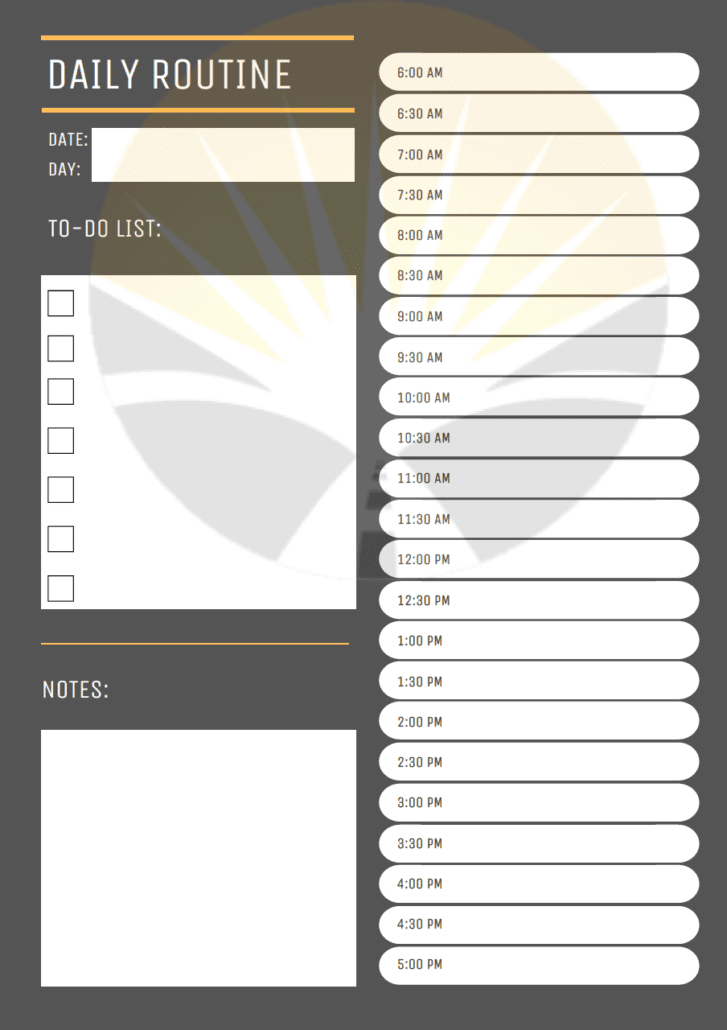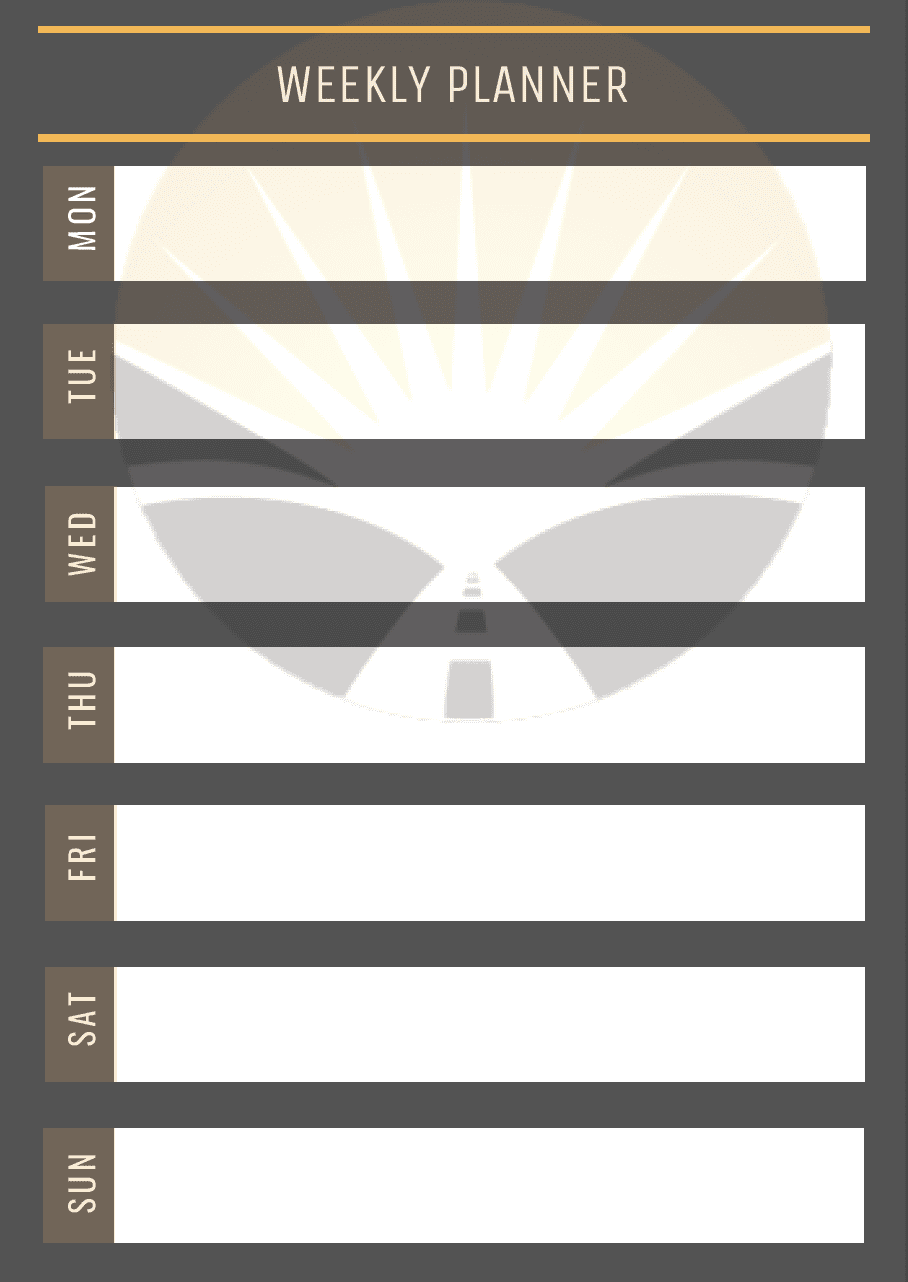My father is one of the most intelligent people I know, blessed with a highly analytical brain, and an ability to simplify the complex. He once challenged a younger version of myself, when I was massively overthinking about an issue. During one of my lengthy rants he stopped me abruptly and asked, “what is it you know?” Not paying much attention (as I hadn’t yet learnt to listen) I went on listing hundreds of pieces of what I thought were truths. He asked again, “What. Is. It. You. KNOW?” Upon further analysis it became evident that all but one or two pieces of information were assumptions, fabrications or guesses at best. This second challenge caught me off guard and has induced a healthy skepticism that has aided me to this very day.
When I stopped and thought about it, I really didn’t know anything. I had jumped to numerous conclusions based on my emotions, my perceptions of individuals (and their behaviour), and subjective observations which if had been seen or experienced by someone else would have ultimately led to very different conclusions. My father, on this day, changed the very way that I look and analyse problems. It has kept me more grounded through a combat military career, as a project manager, and as a consultant.
In 1997, Men in Black (MIB) was released, but there was one quote that really resonated with me. Kay, an experienced MIB operative is attempting to recruit Edwards and has just confirmed conclusively that humans are not alone on Earth.
Edwards: “Why the big secret? People are smart. They can handle it.”
Kay: “A person is smart. People are dumb, panicky dangerous animals and you know it. Fifteen hundred years ago, everybody knew the Earth was the centre of the universe. Five hundred years ago, everybody knew the Earth was flat, and fifteen minutes ago, you knew that humans were alone on this planet. Imagine what you’ll know tomorrow…”
Assumptions Vs Fact
An assumption is ‘a thing that is accepted as true or as certain to happen, without proof”. A fact is defined as, ‘a thing that is known, or proved to be true’.
When I was in the Army, we often conducted planning in preparation for complex emerging issues, conflicts and situations all around the globe. Planning under these arrangements was often characterised by:
- Limited planning time
- Very restricted resources
- Scarce information
- A complex and confusing operating environment
- A need to gain early momentum on whatever it was we were committing to.
Our planning methodology was commonly referred to as, ‘assumption-based planning’. In doing so, we would spend numerous iterations of planning identifying a lengthy list of assumptions. These assumptions would become the premise to whatever plans we were simultaneously developing, allowing us to get early preparation and movement. Data collectors and different organisations would push significant time and resources towards confirming whether the assumptions we were using to form the foundation of our rapidly developing plans were factual, or not. It was not uncommon for assumptions to be disproved and would suddenly change large aspects of the plan, at short notice. But when the assumptions were proven correct, it would inevitably have given us the jump on our enemy or would have allowed us to get significantly ahead of schedule.
During my time in the Army we never, I repeat, NEVER made the mistake of thinking that our assumptions were facts.
There is one key difference between the commercial industries and the Army. The Army is deliberately geared towards effectiveness and capabilities, and less towards efficiencies and cost reduction (although effort is still invested into cost reduction). This approach is what largely separates the two communities, as a business that is not continuously reducing cost is likely going to encounter significant survival problems later.
Since my transition from the Army to the commercial sector, I have observed a common mistake for businesses to make sweeping generalisations and assumptions and use them as the basis for an organisation’s overarching strategy. This can be very dangerous! It’s okay to use assumptions, provided there is adequate time invested in proving, or disproving them later.
Misinformation Is Worse Than No Information.
In today’s world we are constantly barraged with information. Information that directly disagrees with other reputable sources. Technology in all its forms has now saturated our brains with so much content that it can be very confusing where to turn, who to listen to, and which medium to approach.
If I could invite you to consider one thing; Misinformation is so much worse than no information. Conclusively knowing we do not yet have factual information about a topic affords you the opportunity to conduct targeted analysis in order to prove or disprove assumptions. Misinformation on the other hand, only offers the opportunity to run down rat warrens, poorly invest resources, and waste time.
Misinformation itself is often manifested by our own personal biases, our aversion to collecting accurate and contemporary data, our available sources of data collection.
“Before the invention of printing press, the problem was, lack of information, and now due to the rise of social media, it is too much information – the former leads to mental starvation and the latter to mental obesity.”
Abhijit Naskar
My recommendation to those teams conducting strategy planning is to spend the time confirming the following:
- What do we conclusively know?
- What don’t we know?
- What do we need to know more about?
- What assumptions can we make at an early stage in order to get things moving?
- How do we scale or rate the assumptions?
- How will we prove or disprove these assumptions later? By when? For what purpose?
This should provide an opportunity to streamline your data collection and ensure that you are only collecting information that you need, and not wasting time and resources unnecessarily.
These are some of the lessons I have taken with me in my current capacity as a Director at The Eighth Mile Consulting.





